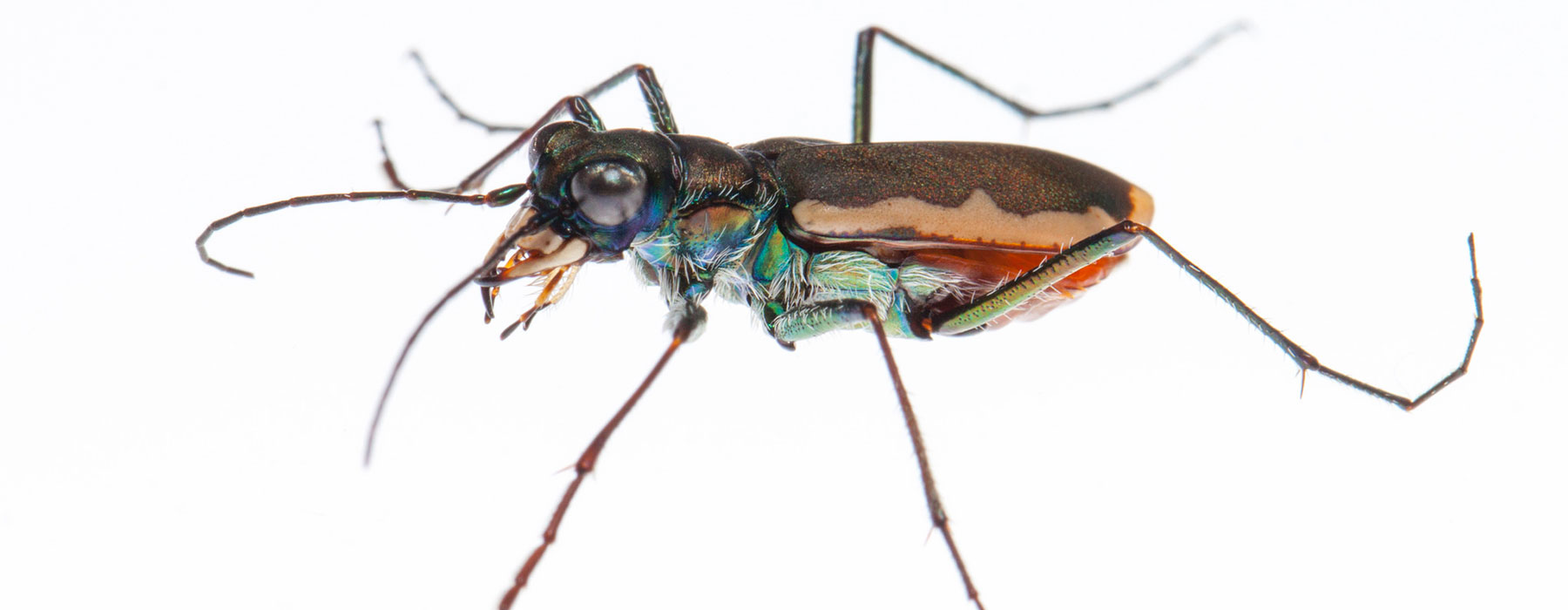General Range
Limited to certain sections of rivers from the Transitional to Lower Austral Zones. In addition to Vermont and New Hampshire, it has been recorded from the upper Delaware River (NY, PA. and NJ), the Susquehanna River and its tributaries (PA), the Monongahela River near Morgantown, WV, several rivers in southern OH and southeastern IN, and along Bear Creek in northern AL and MS. Its habitat requirements probably have always restricted it to scattered localities, while dam-building, pollution, and other human activities must have obliterated it in many areas before they were documented. For this reason it isn’t possible to reconstruct the complete range before European settlement.
Local Range
In Vermont there are three localities – the Winooski River, White River and the West River. There are at least four locations on the Connecticut River, mainly in New Hampshire. The beetles however, also forage on the west side of the river, entirely within Vermont when the water is high. When Kenneth Cooper discovered this species, the first beetle he saw crossed the state line and thus became the first record for both states.
Habitat
The adults are found mostly on cobblestone bars on the upstream side of islands and also on spits connected to the shore. The adults will forage on sand banks on the downstream side of the same islands as well as on nearby river banks, but most of their time is spent among the cobblestones. The larva has not been identified with certainty but probable larvae of this species have been found in the higher more vegetated parts of the islands.
Life Cycle
The specific details of this beetle’s life history are not well known.
Behavior
The adults, which have very long legs, often perch atop one of the cobbles and extend their legs so as to elevate their bodies as much as possible. This behavior is known as “stilting” and is common in many species of tiger beetles in very hot situations. The abdominal coloration is similar to C. rufiventris.
Conservation Status
The Cobblestone Tiger Beetle is threatened by hydrologic alterations that disrupts natural seasonal flooding and deposition of cobble and sand in its habitat. Other potential threats include invasion by exotic plants, eutrophication or other water pollution, river bank stabilization, aerial insecticide spraying, and off-road vehicles. This species is under federal review for endangered species listing. It is listed as Threatened by the State of Vermont.
Flight Period
July – August
More Information







